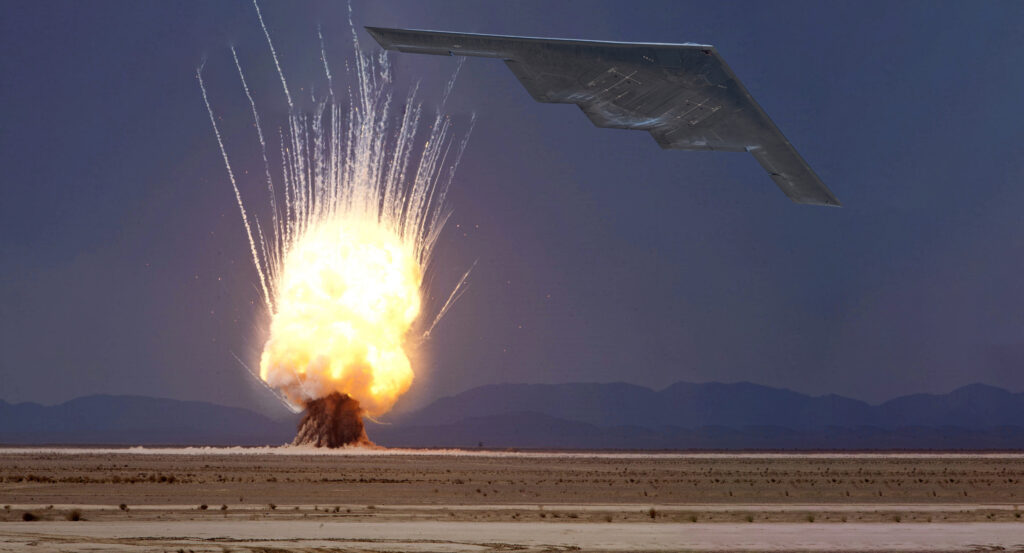US Special Operations Command wants to use “deep fakes” as a weapon, but that could create problems
- By Steve Balestrieri
Share This Article

The United States Special Operations Command (SOCOM), which is the command responsible for overseeing the U.S.’s special operation units, is seeking to use “deep fakes” as an offensive weapon to target potential enemies’ populations with propaganda and disinformation using the internet, according to a recent article by The Intercept.
In a procurement document, SOCOM openly stated that it was looking to turn from working hard to identifying and disrupting adversaries from using deep fakes to using deep fakes themselves to target adversaries’ populations.
The United States military has long used influence operations or Military Information Support Operations (MISO). Still, many in the special operations community have said that the Pentagon has not given influence operations the attention they deserve.
What are deep fakes?
Deep fakes are images of fake events, actions, or statements to spread false information and create distrust. In order to create a deep fake, a computer operator takes a photo of a person and uses digital facial filters to transform and augment facial features. Fake videos can be created using a machine learning technique called a generative adversarial network or GAN.
Many apps and software make generating deep fakes a simple exercise for people with no experience. These include the Chinese app Zao, DeepFace Lab, FaceApp (a photo editing app with built-in AI techniques), Face Swap, and the since-removed DeepNude. This particularly dangerous app generated fake nude images of women and was used for what was characterized as revenge porn.
As we’ve seen in their use by the GRU, which is Russia’s military intelligence agency, and troll farms, deep fakes can influence and interfere in elections, sow political chaos, or hinder military operations, making them a national security threat.
For example, since Russia’s invasion of Ukraine, deep fake videos of Russian President Putin and Ukrainian President Zelensky surrendering have surfaced.
The problem with using deep fakes
The use of deep fakes and its ethical dimensions has to be very carefully considered.
“When it comes to disinformation, the Pentagon should not be fighting fire with fire,” Chris Meserole, the head of the Brookings Institution’s Artificial Intelligence and Emerging Technology Initiative, said adding that the U.S. should strengthen democracy by supporting truth and reality whereas deep fakes do the opposite.
After years of trying to identify and neutralize foreign nations from spreading disinformation, now SOCOM wants to spy on target audiences by monitoring internet devices.
This would require civilian oversight and raises questions on whether other government agencies would start using the same tools to monitor American internet users’ devices. This technology isn’t easy to moderate as other internet content and could easily get out of control.
Feature Image: Indiana Guardsmen Intelligence Analysts train at Hulman Field Indiana National Guard Base, Ind., Oct. 22, 2019. (U.S. Air National Guard photo by Master Sgt. Luke R Sturm)
Read more from Sandboxx News
Steve Balestrieri
Related to: Breaking News, Special Operations

The A-12 Avenger II would’ve been America’s first real ‘stealth fighter’

Why media coverage of the F-35 repeatedly misses the mark

It took more than stealth to make the F-117 Nighthawk a combat legend

